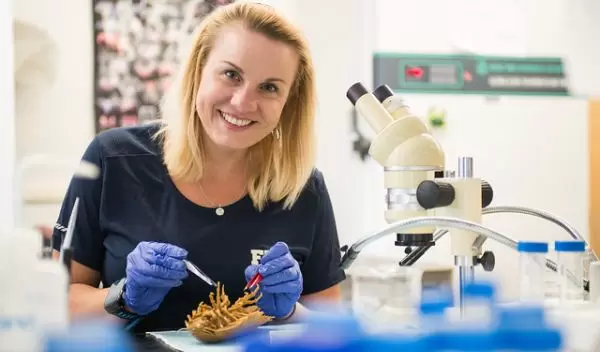
Crabs, lobsters and shrimp now have a family tree dating 500 million years
Researchers have for the first time traced the roots of crabs, lobsters and shrimp to create the family tree of crustaceans people love to eat.
The tree shows the 450-million-year evolution of these 10-legged decapods, when lobsters and crabs each diversified from a single evolutionary origin. Groups of shrimp evolved earlier.
The findings are part of a massive family tree project where researchers resolved the deep evolutionary relationships between crabs, shrimp and lobsters. The discoveries, made by analyzing more than 400 genes from 94 species could also inform conservation policies to ensure their longevity.
"Understanding the origins of biodiversity across half a billion years in groups that are extremely ecologically and economically important is fascinating," said Florida International University marine sciences professor Heather Bracken-Grissom, the anchor author of the study. "This is extremely important since studying and preserving biodiversity needs to be at the forefront of our efforts in the biological sciences and across humanity."
The research was supported through NSF programs that focus on broadening our understanding of how organisms (both extinct and extant) evolve and diversify over time, and the dynamics and complexity of Earth's natural systems.


